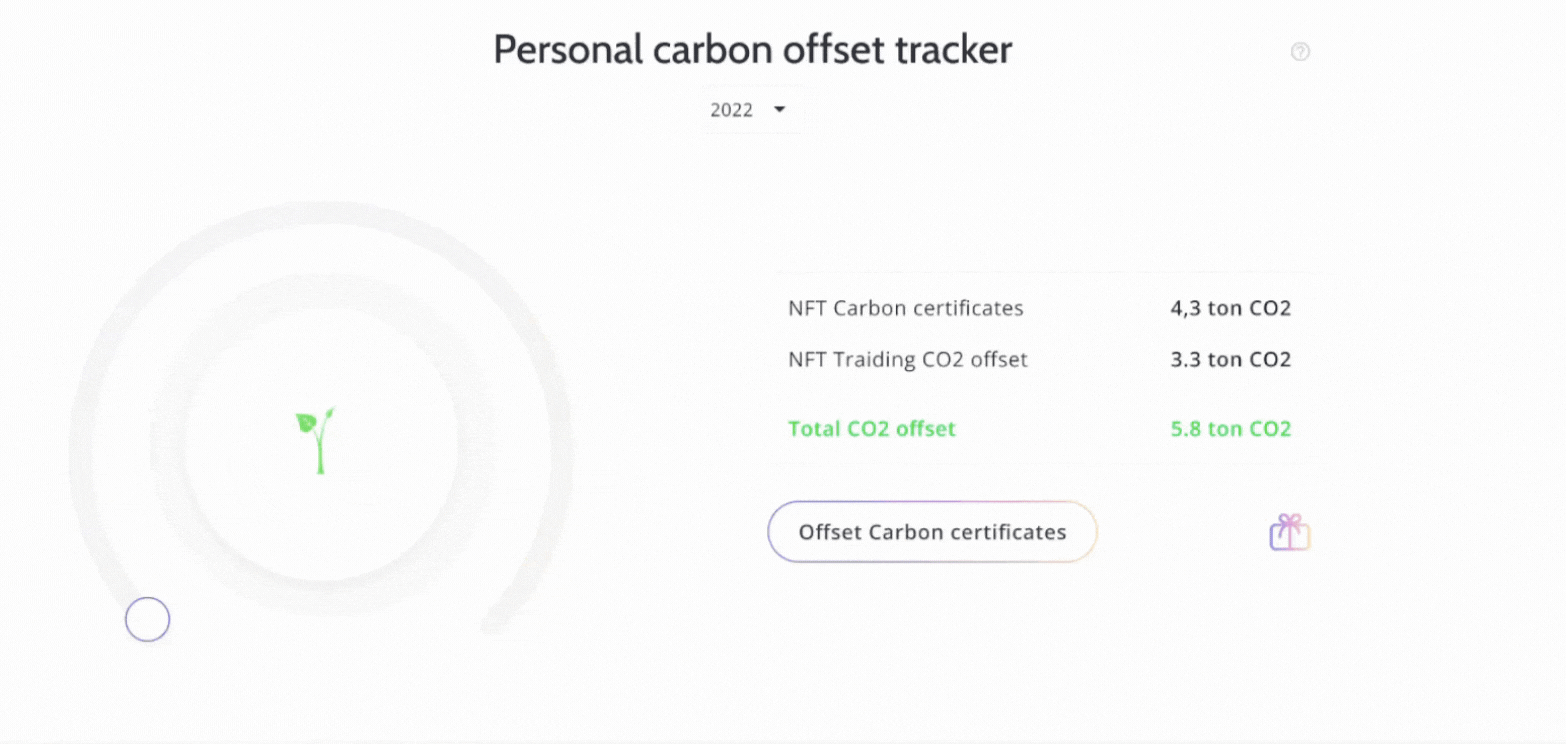Celo’s mission is to create a better, more accessible form of money that can be used by communities around the world, and protect the environment while doing so
According to this website the average CO2 emission is around 6.22 tons per person in the world. The biggest emmiting countries in the world are China and United States, with 8.2 and 13.68 ton of CO2 emitted per capita.
So, what is a carbon footprint?
A carbon footprint is the total amount of greenhouse gasses (including carbon dioxide and methane) that are generated by our actions. Whenever you drive a car, use the heat at home, or buy food and other goods, an amount of carbon dioxide is produced as a result of the manufacturing, fuel extraction, or transportation. This footprint includes both direct and indirect sources of emissions.
There are many ways that a carbon footprint can be reduced that require simple changes that can be implemented over time like using sustainable transport, improving home energy efficiency, recycling and composting, reducing water usage and more.
And here comes the Blockchain
Some blockchains utilize their Proof of Work (PoW) consensus mechanisms to keep themselves secure, which is an energy-intensive mechanism (commonly called “mining”). We could find Bitcoin and Ethereum in this category (Ethereum is moving to PoS in the future). But not all blockchains require the same amount of energy to work, some of them use Proof of Stake (PoS), like Celo does.
Blockchains also offer a fantastic way to track and certify carbon credits. Companies, governments, and individuals will be able to achieve more transparency around carbon credits. We have important projects like Toucan, Moss Earth and Flowcarbon representing this green side of the blockchain with on-chain carbon credits that increase transparency and improve accessibility to the carbon credit market.
Carbon credits — also called carbon offsets — represent projects that reduce emissions or remove carbon dioxide from the atmosphere, such as preserving forests, building wind and solar farms, or capturing methane gas. In general, one carbon credit represents one metric ton of carbon dioxide that has been saved from the atmosphere.
Carbon credits as NFTs
Like NFTs, carbon credits can also be minted on a blockchain and subsequently be traded securely on that same blockchain.
Meet the new NFT Carbon Offset Certificate from CyberBox

It will be a monthly NFT Collection. You will be able to get one each month of the year for the value of 1 ton of CO2. And if you collect them through the year, you will be able to trade them for a bonus NFT released at the end of it. This certificate could also be gifted to anyone you care about and that you want to bring to the ReFi movement.

Since it will be a monthly NFT Collection, each month will have original designs created by different artists from the crypto community.
This will also be part of the Personal Carbon Offset Tracker implementation we are bringing to CyberBox. You will be able to track all your contributions to the offset of carbon credits with all the trades you have made in our Marketplace and all the NFT Certificates you collected.

You can trade your favorite NFTs on the Celo blockchain on https://cyberbox.art/
Each trade helps the regeneration of our world 🌲 🌳 🌴
Sources: